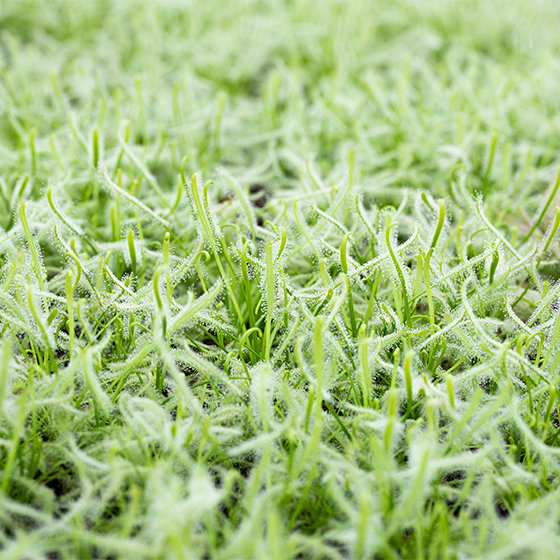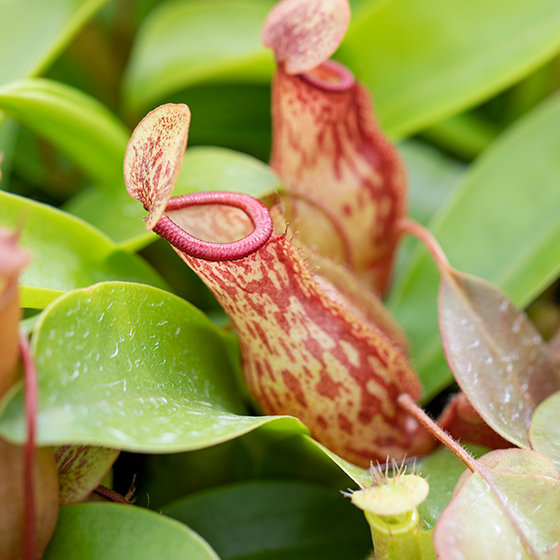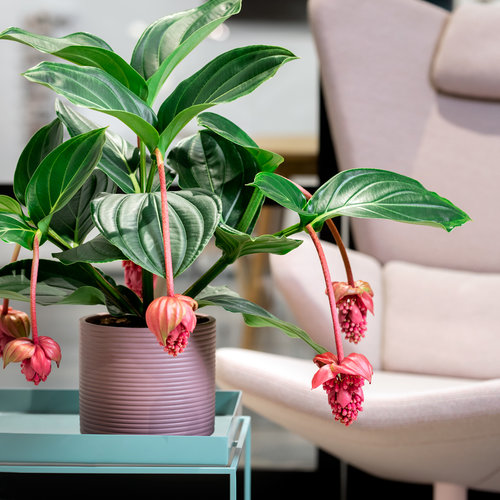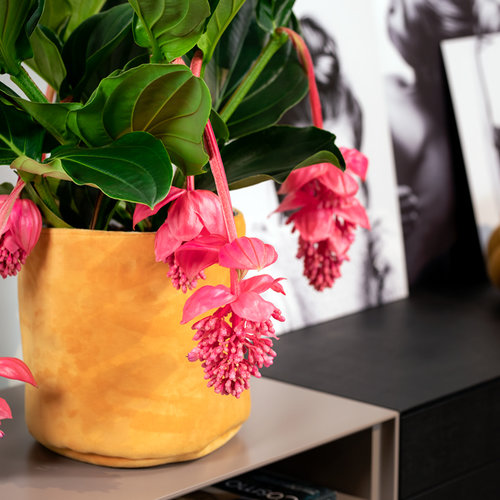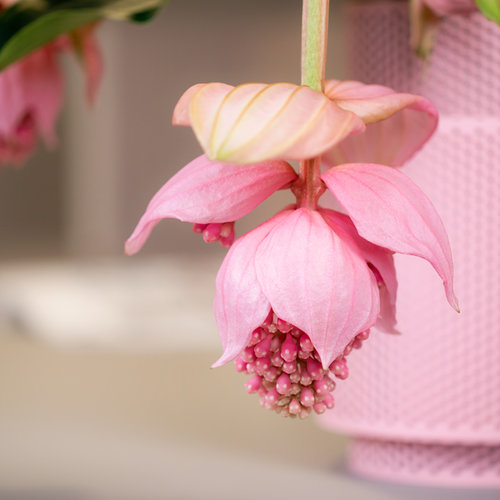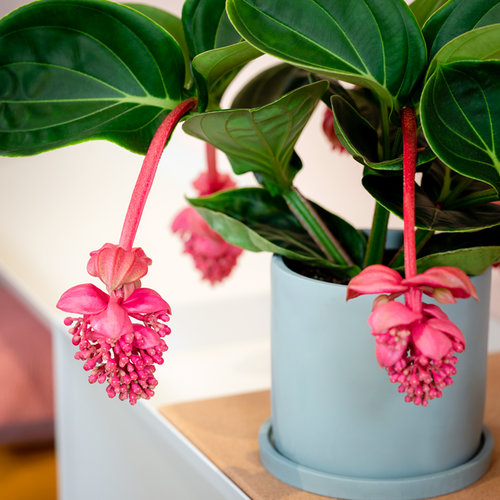They are small wonders of nature: plants that 'catch' insects, ants and spiders and then digest them. The insects serve as food for the plant, in addition to the nutrients the roots already extract from the soil. Carnivorous plants get their 'meal' in different ways. An adhesive substance on the plant helps prevent insects that come into contact with it from being released.
Laguna has four of the most popular carnivorous plants in its range: Sarracenia, Dionaea, Drosera and Nepenthes. The species owe their popularity primarily to their unique appearances. Officially, carnivorous plants belong to flowering plants. They can also flower, but are usually supplied without flowers. Carnivorous plants are available year-round. Care is simple.
Supplied in three different pot sizes
5.5 - 8.5 - 12 cm to garden centres, florists and supermarkets.
Laguna also supplies many different arrangements in glass and terracotta.
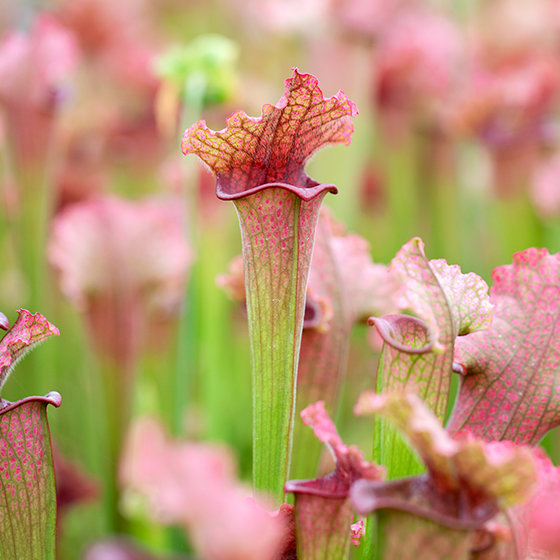
-560-560.jpg)
